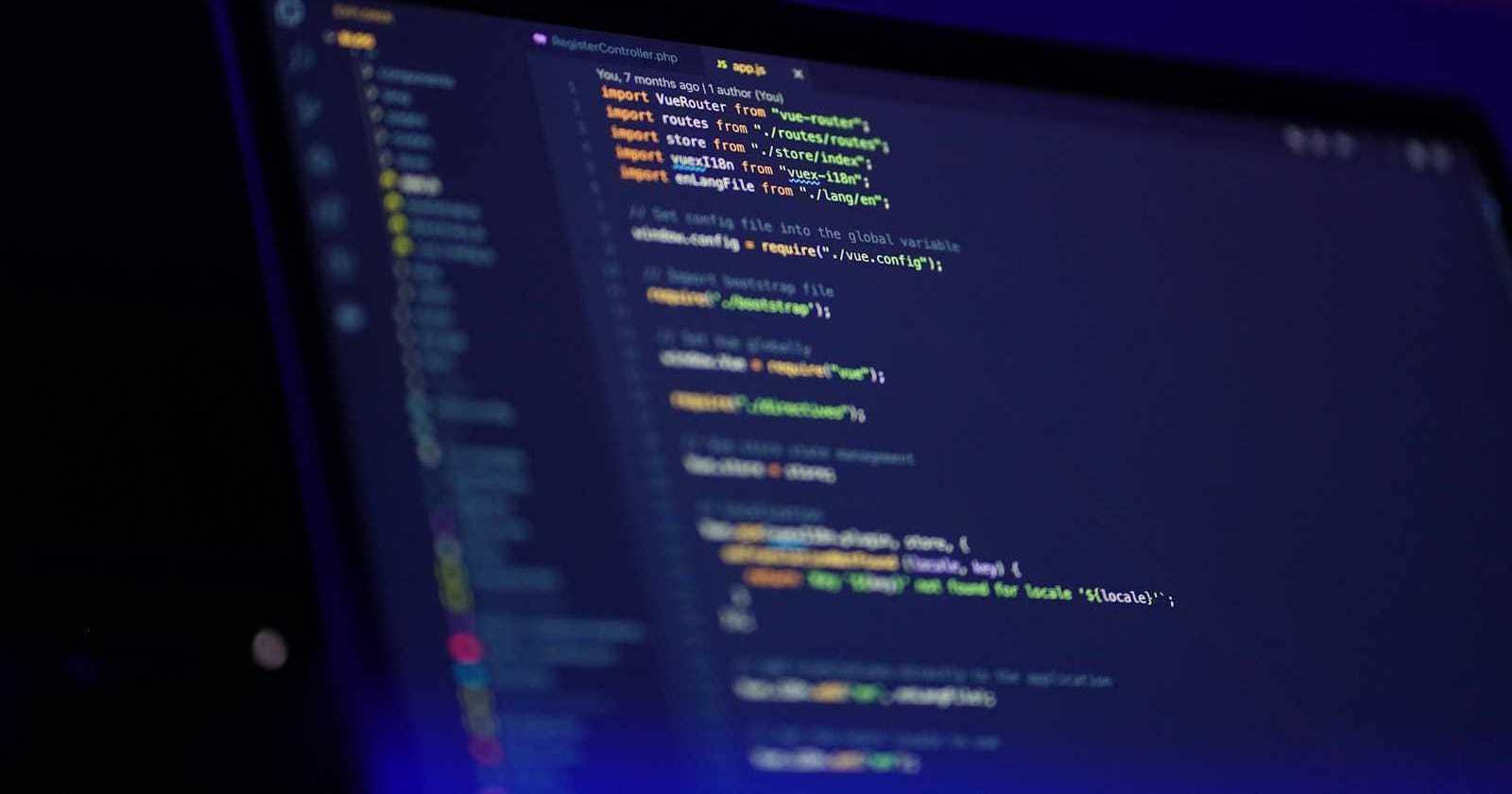In today's data-driven economy, the ability to extract actionable insights from massive databases is critical for businesses and organisations across all industries. Among the numerous tools and programming languages available, R stands out as a versatile and robust data analytics tool. Created by statisticians and data analysts, it offers an extensive collection of tools like modelling, visualisation, and manipulation, designed especially for data analytics with R that may be used for data analysis. In this detailed course, we will look at how to use R's data analytics skills to maximise the value of your data.
Getting Started with R:
Installation:
Begin by downloading and installing R from the official website (r-project.org). Once R is installed, proceed to install RStudio, an integrated development environment (IDE) for R.
Getting Familiar with RStudio:
Upon launching RStudio, familiarize yourself with the interface, which includes panes for writing code (Source), viewing results (Console), managing files and plots (Files/Plots/Packages/Help), and exploring your environment (Environment).
Basic Operations:
Start with basic operations such as arithmetic calculations, variable assignment, and data manipulation using vectors and data frames.
Data Import:
Learn how to import data into R from various sources such as CSV files, Excel spreadsheets, databases, and APIs using built-in functions like read.csv() and read.xlsx().
Data Visualization:
Explore the powerful data visualization capabilities of R using base graphics and popular packages like ggplot2. Create plots, histograms, scatter plots, and more to visually explore your data.
Statistical Analysis:
Dive into statistical analysis using R's extensive repertoire of functions for descriptive statistics, hypothesis testing, regression analysis, and more.
Exploratory Data Analysis (EDA):
Conduct EDA to gain insights into your data, identify patterns, detect outliers, and understand relationships between variables.
Learning Resources:
Take advantage of online resources, tutorials, books, and courses to deepen your understanding of R for data analysis. Websites like DataCamp, Coursera, and YouTube offer excellent tutorials and courses for beginners.
Practice, Practice, Practice:
Practice writing R code regularly, experiment with different datasets and analysis techniques, and participate in online communities and forums to seek help and share knowledge with fellow R enthusiasts.
Stay Curious and Keep Learning:
Data analysis is a dynamic field, and there's always something new to learn. Stay curious, keep exploring new tools and techniques, and stay updated with the latest developments in the R community.
Conclusion:
In conclusion, data analysis with R opens up a world of possibilities for exploring and analysing data. By following the steps outlined in this guide and leveraging the rich ecosystem of R packages and resources available, you can embark on a rewarding journey into the realm of data analysis. Whether you're a beginner or an experienced data professional, R provides the tools and support you need to unlock the potential of your data and drive informed decision-making in your organization. So, roll up your sleeves, dive into R, and let the journey begin!

